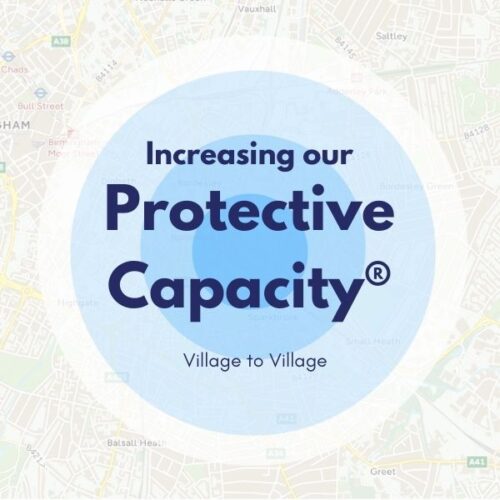Student Wellbeing, Contextual Safeguarding
& Student Voice
We recently wrote about the changing landscape of safeguarding in schools that KCSIE has promoted over the last ten years. This week’s blog discusses how using a contextual safeguarding framework can significantly help schools. By promoting student voice, we can better integrate safeguarding into teaching and learning.
UK’s Education Secretary Advocates for Wellbeing-Centered Schools
Bridget Phillipson, the UK’s Education Secretary, has asked schools to focus on children’s wellbeing and expand their focus beyond exam results. This marks a pivotal shift towards contextual safeguarding, a framework that looks at the wider factors influencing children’s safety, welfare, and development, and has the capacity to embed safeguarding within the teaching and learning culture of schools.
This perspective supports educational institutions to address the holistic needs of children, promoting emotional, mental and social wellbeing alongside academic success.
The principles of contextual safeguarding demonstrate that a child’s experiences are connected, should that be at school, home, online, and in their community. By embedding student wellbeing in education, schools can help reduce the risks and pressures children face in and out of the classroom. This student-centered approach places student voice at the core, ensuring that students’ lived experiences actively shape educational practices.
Get our blogs sent straight to your inbox
The outcomes of learning vs the process of learning: a safeguarding concern
Learning is a process, not an outcome. Humans have continued to achieve extraordinary things, often citing the journey and experiencing the failures along the way as the key component to their growth, development, and success.
Perhaps this mindset should be applied to our schools. Schools have been led to prioritise academic outcomes. With shrinking school budgets, both practical learning, and taking skills outdoors have become less of a priority. Our post-pandemic, cost-of-living, online world has increased stress, anxiety, and mental health issues across our younger generations.
Reports like the YoungMinds’ 2023 Impact Report show that more than half of young people feel negative emotions. These feelings disrupt their daily lives. Additionally, 43% of 11 to 25-year-olds say they struggle to cope.
The 2023 NHS report on the mental health of children and young people in England shows important findings. It states that 20.9% of children aged 8 to 16 may have a mental health disorder. This highlights the urgent need for change in the system.
Contextual Safeguarding: The Framework that Promotes a Holistic Educational Approach
Phillipson’s advocacy for a balanced education aligns seamlessly with the contextual safeguarding framework. This holistic educational approach empowers educators, community members, and policymakers to collaborate in creating safer environments that nurture academic success and personal growth.
The framework includes safety practices in all areas of a child’s environment. This ensures that actions are both reactive and proactive. This approach helps to address risks like bullying, exploitation and social exclusion in a wider context.
This approach highlights the idea that creating a supportive, safe, and inclusive environment is essential. It helps children and young people succeed academically, emotionally and socially. A key part of this change is including student voices. This means that children’s views help shape decisions about their education and wellbeing. When students take part in making school rules, safety measures can work better. This helps tackle issues like bullying, peer pressure and mental health problems.
Understanding Student Voices: The Process that Informs the Wellbeing of Your School Community
In the context of safeguarding, student voice is important and more effective in identifying risks that need protective measures in place. By encouraging students to share their experiences and concerns, schools can better understand the barriers to learning. These barriers may affect the young people and children in their care.
This way of learning is not new and there are frameworks that help support student voices and student wellbeing. The Lundy Model of Child Participation encourages students to be active participants. They are not just passive recipients of decisions made by adults.
This transition enables learners to actively participate in moulding their educational journey, fostering a feeling of empowerment and a sense of belonging. Pupils transition from being “consulted” to being co-creators of school policies and practices. It fosters critical thinking and leadership skills by involving students in meaningful problem-solving activities.
Moving Forward with Student Wellbeing
“We must act as if our institutions are ours to create, our learning is ours to define, our leadership is ours to become.” Peter Block
Young people and children are facing many challenges today. These changes and threats affect many parts of their lives. Schools have a tough job. They must handle these safety issues while also providing a good education. This education focuses on results and relies on data for accountability. My Head of School often reminds me and my SLT colleagues that, despite the challenges in education, our schools are ours to shape. We cannot lose sight of this. By focusing on young people’s experiences, we can create safe and supportive learning environments. These spaces will help them grow and succeed.
Safe Communities – Safe Futures





